A special levy is a capital raising exercise that is coordinated by an Owner’s Corporation (or Strata company) when funds are required for something that wasn’t budgeted for. The levies can sometimes be demure, but more often than not they signal something more serious or sinister.
Special levies can be a once-off surcharge, a series of surcharges, and even a loan with forecasted interest repayments included.
So many buyers ask agents about the Owner’s Corporation fees, (historically known as ‘Body Corporate’ fees), but they often miss asking the more critical question;
Are there any levies to be struck?
We have witnessed special levies ranging from $30,000, (and more) per resident, and often an owner will make the reluctant decision to sell when a special levy is beyond their fiscal capacity.
Without a contract review and a careful review of AGM minutes it could be easy for a buyer to miss a levy in the contract. But even with a thorough legal review, special levies can still surprise buyers when they least expect it. For example, if the issue didn’t exist, (or wasn’t tabled) at the most recent AGM, they could be alerted after their purchase is unconditional that capital expenditure is required and they are required to contribute.
How can buyers be better informed?
We always call the Owner’s Corporation Manager. Some are more helpful than others, but asking questions about any reported items, quotes in the system and whether any engineering reports have been conducted is a good start.
What are some of the issues that can precipitate a special levy?
Structural concerns, building cracks, movement and subsidence are common items that can lead to an urgent and expensive rectification. In many cases, a structural engineer’s report will be required to assess the treatment options for a building. From underpinning to complete rebuild, the magnitude of work required varies. We don’t have to cast our memories back too far to be reminded of the Mascot Towers reports.
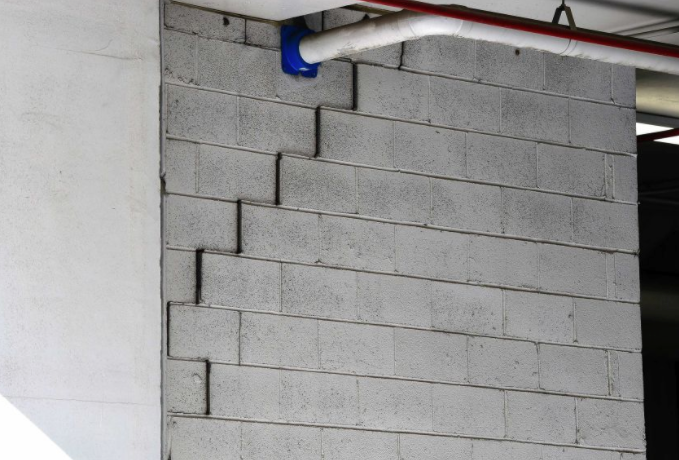
In most cases, a building inspection report should identify cracks and building movement.
Risk arises when the building is newer and construction quality and foundations are problematic because a building inspection may not be able to identify concerns.
Another common trigger for a special levy relates to water ingress associated with failed, (or missing) water/moisture barriers. Outdoor tiled balconies are common contributors, as sometimes are showers/bathrooms. Moisture meters can often identify water ingress, but pending the severity of the problem and the impact on other parts of the building, remediation works can often span beyond simply removing tiles.
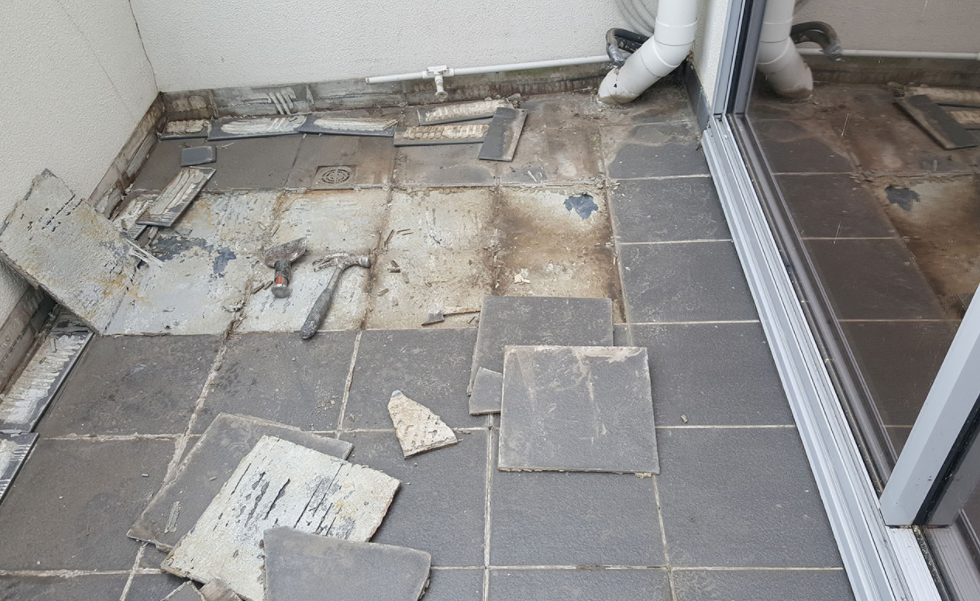
When steel reinforcing within concrete is impacted by rust, concrete ‘cancer’ can result; an urgent repair that can impact buildings. The associated cost of scaffolding and lifts in the case of high rise buildings can add significantly to the job. Concrete impacted by this is compromised and needs replacing.
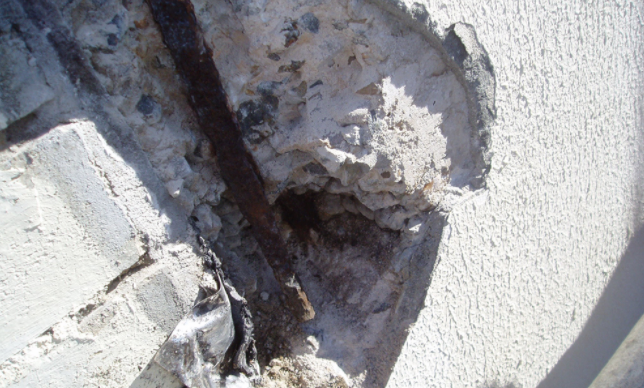
We often hear about asbestos removal and asbestos management plans in Owner’s Corporation Minutes. The removal of asbestos is far less costly these days than what it was decades ago, but the task itself is impacted by height, other structural considerations and the amount of the material on the building. From eaves to roof tops, pipes to external walls, this material is considered a significant risk and many older blocks face the task of removing asbestos.
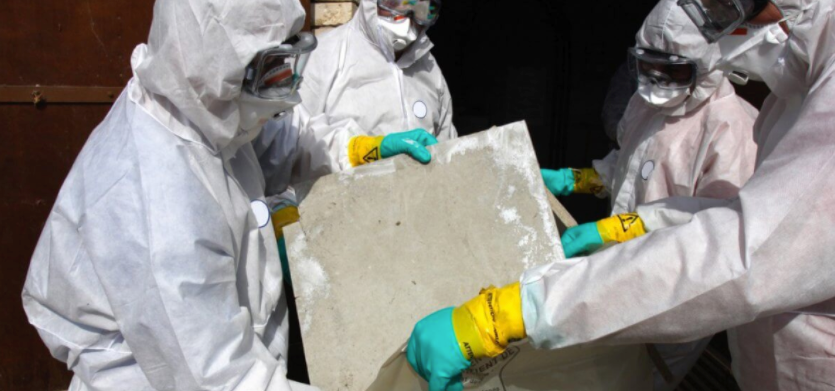
A grim and saddening reminder of flammable cladding is the horrendous Grenfell apartment block fire which claimed 72 lives in West London in 2017. A sharp interest in flammable cladding removal has led to countless projects around our country and this is a significant concern that any buyers considering a clad building should be vigilant about understanding.
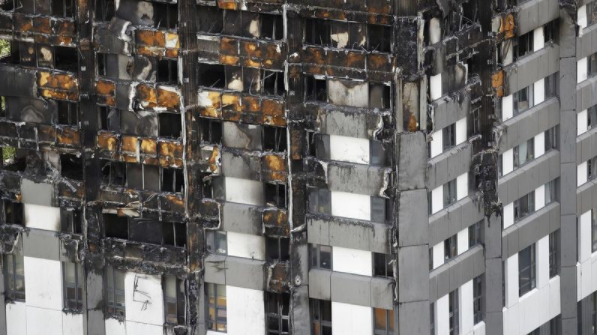
Special levies aren’t only raised for problems or issues. They can also be raised with majority vote consensus for improvements and subdivision activity too.
From beautification to swimming pools, external rendering to landscaping efforts, it’s not unheard of for owners to decide to embark on a value-adding project as a collective.
One of the more common improvements that we see here in our own city relate to subdivision activity on popular Art Deco apartment blocks. During the 1920’s to 1940’s, plenty of block ownership structures involved company shares. Today many of these titles are still Company Share or Stratum, a problematic and invisible frustration for many a buyer due to the challenges around obtaining finance with LVR’s (loan to value ratios) exceeding 80%.
What this means is that any buyer who targets such a property will need to have 20% plus stamp duty covered as a deposit, and for some lenders, even this deposit size may be insufficient.
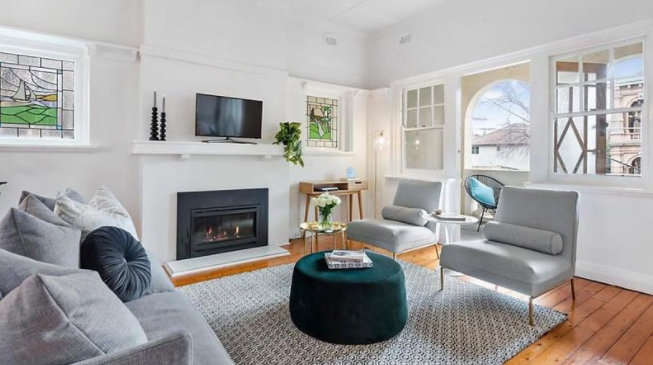
Source: REA
A significant value-add for those who manage to get all owners to agree is a strata subdivision of the block. The simplest of subdivision tasks requires paperwork and legal assistance in order to progress the changes through our titles office.
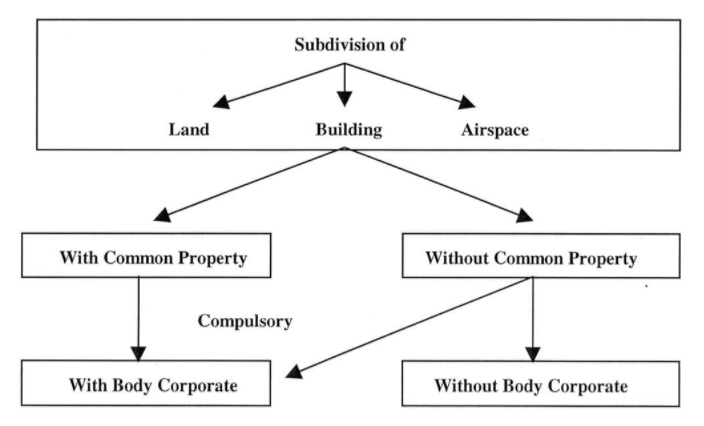
However, a more typical exercise involves fire safety upgrades and other associated building improvements.
Getting a 1920’s building to comply with 2020 regulations is no mean feat.
Fire escapes which are considered a danger due to being out of code are often the more significant expense when it comes to Art Deco block subdivisions.

It’s important to know the difference between Owner’s Corporation fees and Special Levies.
We don’t need to avoid every building with a levy raised, but we do need to make sure we’re informed.
REGISTER TO OUR NEWSLETTER
INFORMATION
CONTACT US
1A/58 ANDERSON STREET,
YARRAVILLE VIC 3013
0422 638 362
03 7000 6026
CATE@CATEBAKOS.COM.AU
